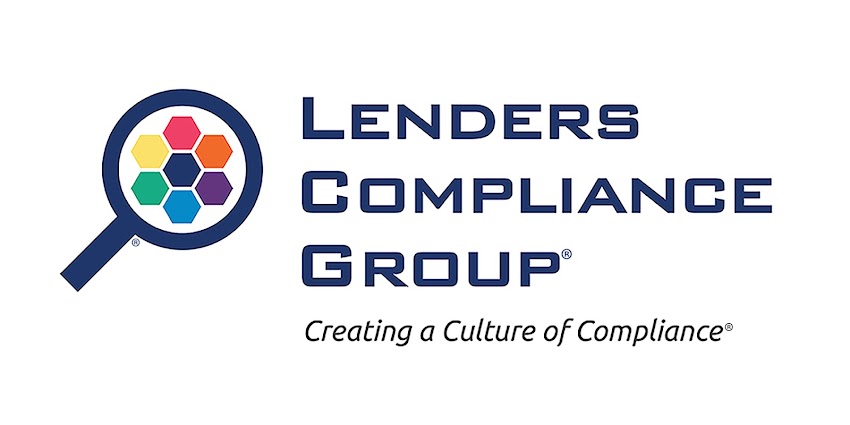QUESTION
We have never had a banking department issue an action against us for discrimination – until now. Last week, our banking department came after us for discriminating through “unfair acts or practices.” We think this is outrageous, as our firm is devoted to supporting communities of color. Our home office and branches are located, for the most part, in minority communities.
The baking department is citing their UDAAP examination and one that was done by the CFPB last year. It issued an administrative action. As the company’s Chief Compliance Officer, I can say we always had decent exam outcomes. Now, this is a bad mark and will cause not only regulatory risk but also reputation risk. With the permission of management, I sent you a redacted banking report that shows the alleged violations.
The crux of the issue comes down to whether the alleged violations were intentional or unintentional. We can provide evidence that any such alleged violations were totally unintentional. Our attorney is now working with the banking department to find a resolution.
Is it the case that unintentional “unfair acts or practices” are a violation of UDAAP guidelines?
ANSWER
I recognize that you are upset by the banking department’s administrative action. I applaud you for being devoted to expanding financial opportunities in minority communities. But I have news for you: unintentional actions implicate UDAAP just as much as intentional actions.
The CFPB takes the position that discrimination, both intentional and unintentional, and in connection with any financial products, constitutes an Unfair, Deceptive, or Abusive Acts or Practices (“UDAAP”) under the Consumer Financial Protection Act (“CFPA”). Dodd-Frank specifically makes it unlawful for any provider of consumer financial products, services, or service provider to engage in any unfair, deceptive, or abusive acts or practices.[i]
We find in our UDAAP Tune-up a recurring set of violations that show or could show UDAAP violations. Once we provide a report, it is incumbent on the financial institution to implement the changes needed. It is a good compliance policy to be proactive and make those changes rather than being reactive to a banking department’s findings.
If you want information about the UDAAP Tune-up, please contact us HERE.
It would help
if you had a broader understanding of what examiners look at when they examine
for UDAAP. From a legal point of view, the standards for abusive, unfair, and
deceptive acts or practices are separate, although CFPB examiners will audit
for abusive acts being both unfair or deceptive. Let me give you some hints.
There are at least four guidelines that examiners audit.
Four Guidelines
First, they want to know if you
have clear and unambiguous principles of unfairness, deception, and abuse in
the context of offering and providing consumer financial products and services;
Second, they’ll want to know your
institution goes about assessing the risk that its practices may be unfair,
deceptive, or abusive;
Third, they will audit for your
means of identifying unfair, deceptive, or abusive acts or practices (including
by providing examples of potentially unfair or deceptive acts and practices);
and
Fourth, they will gauge your understanding of the interplay between unfair, deceptive, or abusive acts or practices and other consumer protection and antidiscrimination statutes.
If you cannot provide persuasive, compelling, and dispositive responses to these guidelines, you are not ready for a UDAAP examination.
Furthermore, if you do not have actionable, auditable standards consistent with Dodd-Frank, your institution is essentially flying blind into the winds of UDAAP mandates.
Three fundamental standards determine if an act or practice is unfair. [ii]
Three Standards
Standard # 1: Does the act of practice
cause or is likely to cause substantial injury to consumers?
Standard # 2: Is the injury reasonably
avoidable by consumers?
Standard # 3: Is the injury not outweighed by countervailing benefits to consumers or competition?
If you do not have standards firmly in place and are not monitoring them continuously, you are not ready for a UDAAP examination.
How do you gauge whether an act or practice is deceptive?
The CFPB considers three criteria.[iii]
Three Criteria
1. The representation, omission, act, or practice misleads or is likely to mislead the consumer.
Comment: The representation, omission, act, or practice misleads
or is likely to mislead the consumer.
I like the FTC’s “Four Ps” test to evaluate whether a representation, omission,
act, or practice is likely to mislead.[iv]
1. Is the statement prominent enough for the
consumer to notice?
2. Is the information presented in an
easy-to-understand format that does not contradict other information in the
package and at a time when the consumer’s attention is not distracted
elsewhere?
3. Is the placement of the information in a
location where consumers can be expected to look or hear?
4. Finally, is the information in close proximity to the claim it qualifies?
2. The consumer’s interpretation of the representation, omission, act, or practice is reasonable under the circumstances.
Comment: The consumer’s
interpretation of the
representation, omission, act, or
practice is reasonable under the circumstances. Eliminate “puffery” – the legal
term for exaggerated claims – unless you can show that the claims would not be
taken seriously by a reasonable consumer.
You must show that the consumer’s
interpretation of or reaction to the representation, omission, act, or practice
is reasonable under the circumstances; whether an act or practice is deceptive
depends on how a reasonable member of the target audience would interpret the
representation.
A representation may be deceptive if the majority of consumers in the target class do not share the consumer’s interpretation, so long as a significant minority of such consumers is misled. When a seller’s representation conveys more than one meaning to reasonable consumers, one of which is false, the seller is liable for the misleading interpretation.
